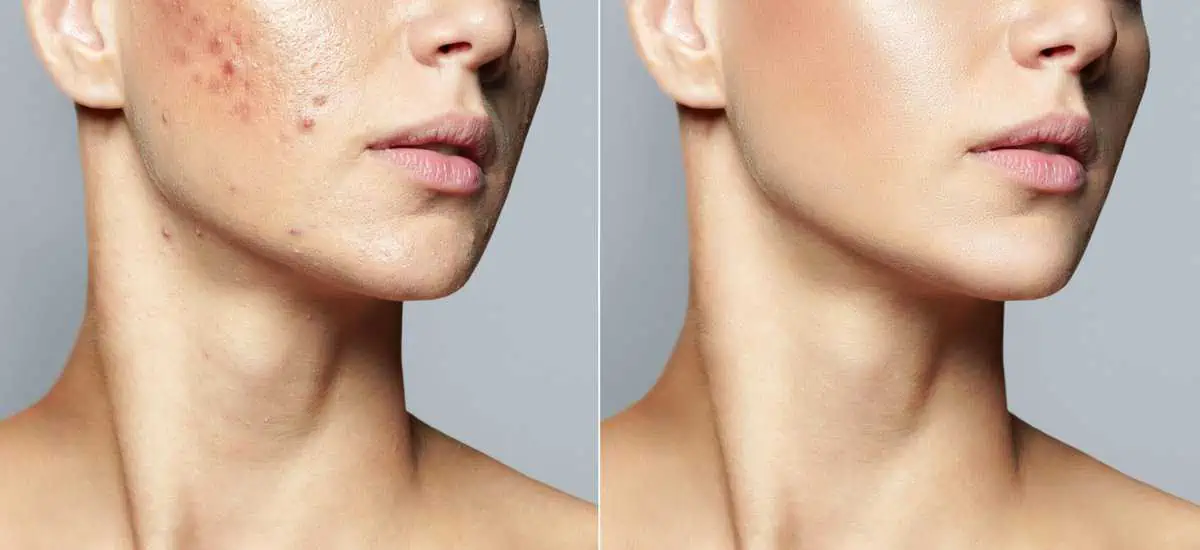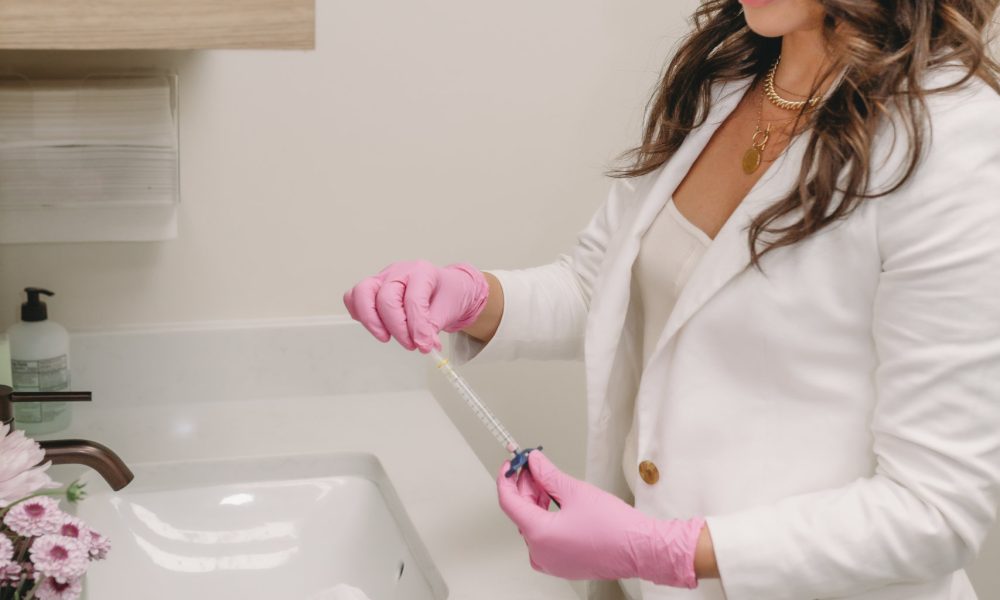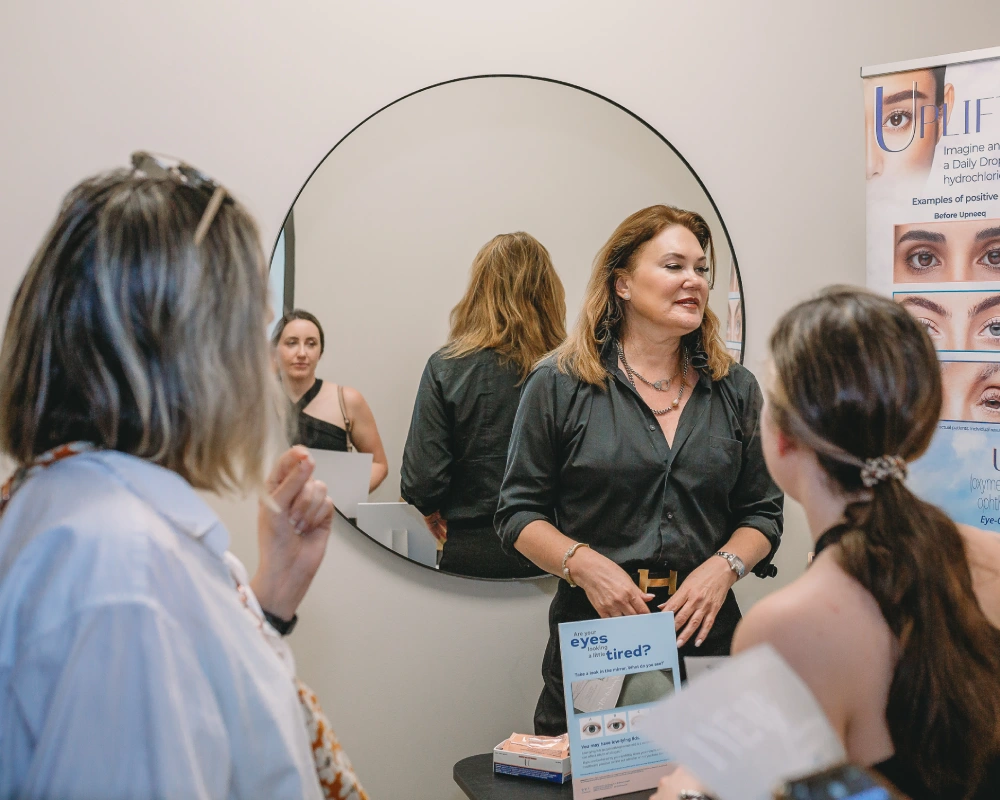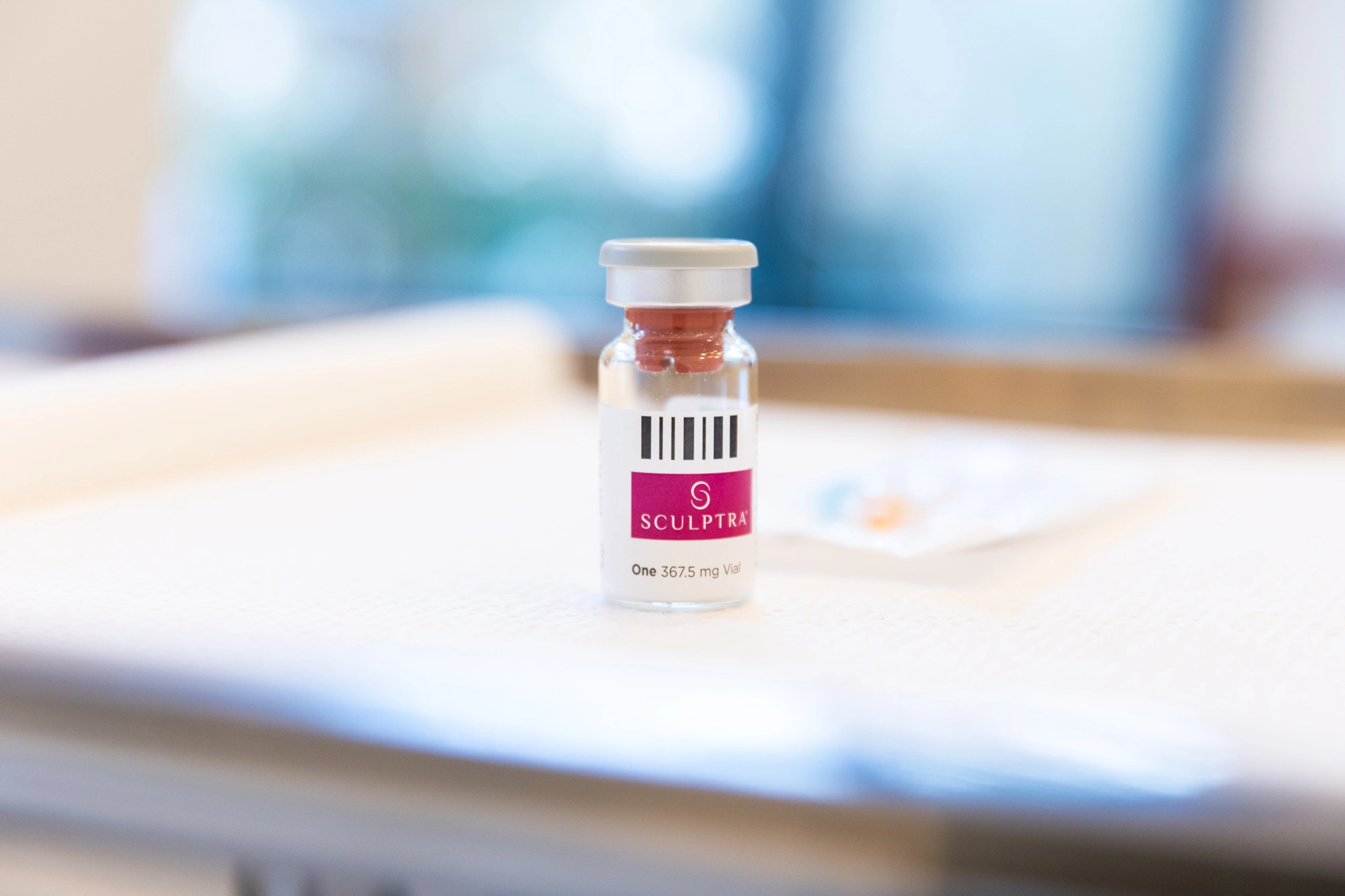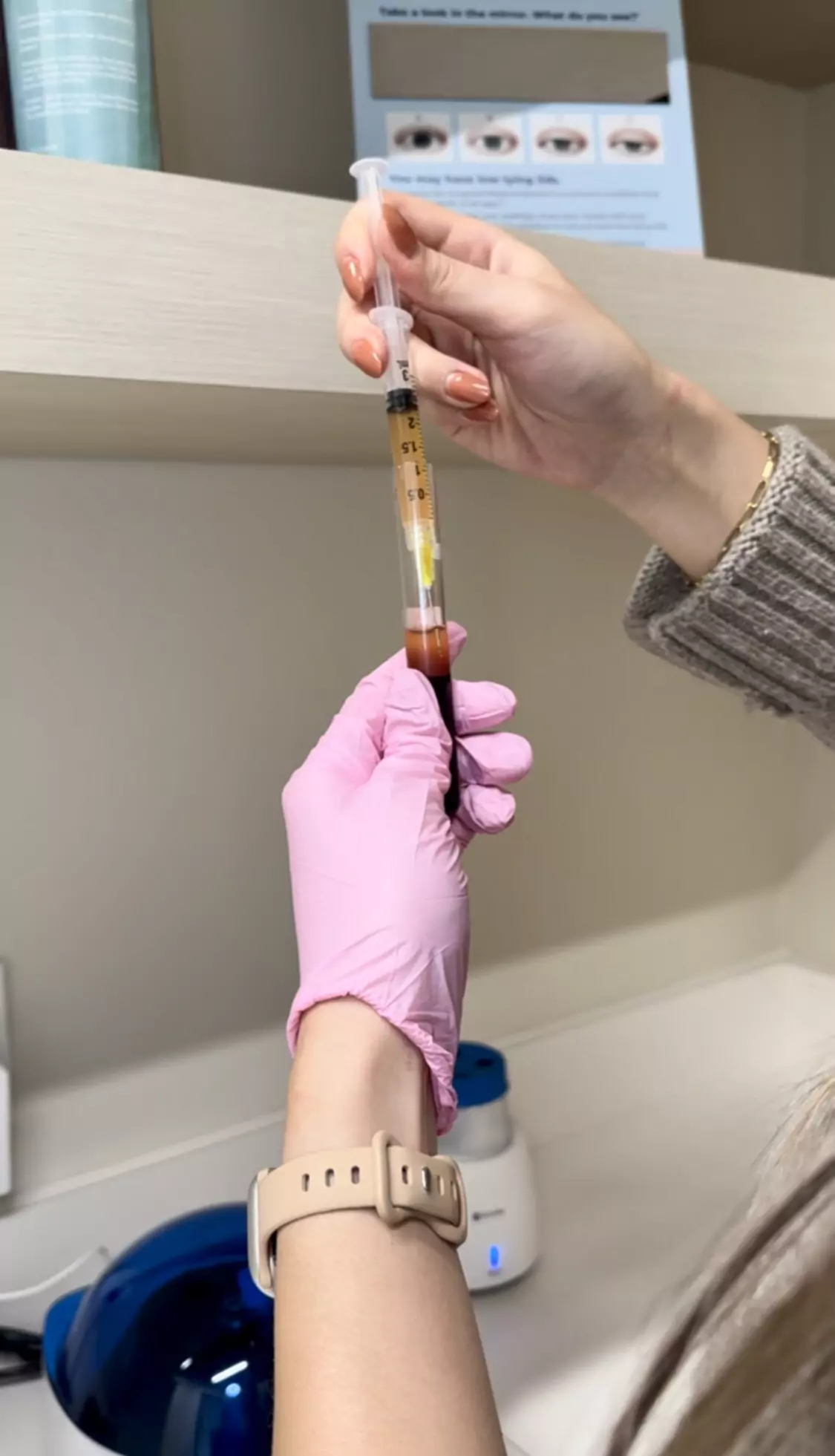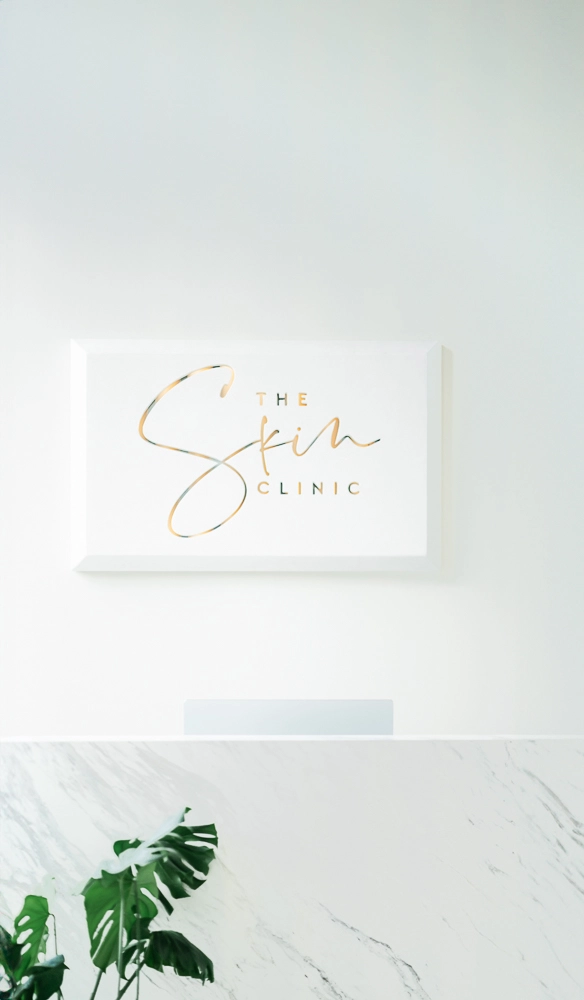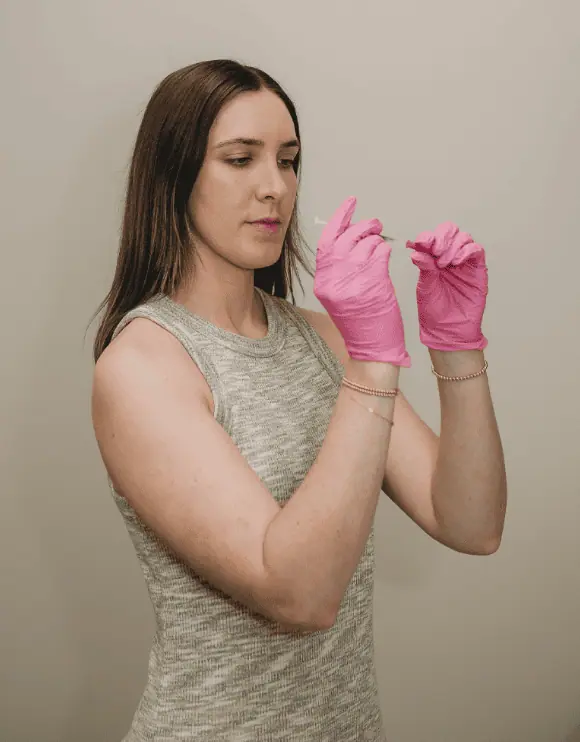Fillers are components injected into the skin to make wrinkles less noticeable and smooth them out. It’s usually injected into the face as an outpatient procedure with painkillers. It could take up to an hour to finish.
Knowing its types is a must if you’re ever interested in taking dermal fillers. Today, The Skin Clinic will help you identify the different types of dermal fillers. See how each fill fits you and how our doctors here at the Skin Clinic can help you! Check out this blog post.
Dermal Fillers
As we mentioned above, Dermal fillers are gels you can inject into the skin to make it look smoother, eliminate wrinkles, or replace lost volume. Hyaluronic acid is naturally in the body and is used to make dermal fillers.
Hyaluronic acid can add volume and moisture to the skin. Many visible signs of aging are caused by volume loss, which happens slowly over time as we lose bone mass, muscle mass, and facial fat.
This can make your face look older. Dermal fillers are ideal for restoring volume and making a face look younger by smoothing out wrinkles, plumping up the lips, improving the shape of the face, and rejuvenating the face.
But is Hyaluronic acid the only available filler around the market? Let’s see this standard filler list below.
CalciumHydroxylapatite
Calcium hydroxylapatite is another substance that occurs naturally and is found in our bones. It is made of a mineral-like compound, which makes it thicker and heavier than hyaluronic acid fillers.
The American Board of Cosmetic Surgery says that calcium hydroxylapatite helps to stimulate the body’s natural production of collagen. It is usually used for deeper lines and wrinkles.
Radiesse is the only calcium hydroxylapatite dermal filler that the FDA has approved. Radiesse gives many people results that last a year or longer.
Poly-L-lactic Acid
Poly-L-lactic acid is made in a lab and is biocompatible, which means it is safe to use in the body. It also breaks down in nature. It was used so a long in medical devices like dissolvable stitches before it was used as a dermal filler.
Poly-L-lactic acid dermal fillers are called collagen stimulators because of how they work: they smooth out fine lines and wrinkles by helping the skin rebuild its natural collagen. The filler gel itself dissolves a few days after treatment.
These fillers usually treat deeper wrinkles on the face, and the results can last more than two years. Sculptra® Aesthetic is the only Poly-L-lactic acid dermal filler the FDA has approved.
Polymethylmethacrylate (PMMA)
Polymethylmethacrylate (PMMA) is an artificial material that is biocompatible and has been used in permanent surgical implants for most of the last century.
When PMMA is used as a dermal filler, it takes the shape of a “microsphere,” a small ball that stays under the skin to support it. Collagen is also used in PMMA fillers to give them more structure and firmness.
Hyaluronic Acid
Who could ever miss HA? Dermal fillers made with hyaluronic acid are the most popular type. Hyaluronic acid is something that the body produces on its own.
The highest levels are in the skin, joints, and eye sockets. Hyaluronic acid’s job is to add moisture, keep the collagen in place, and give the skin elasticity and flexibility. It does this because it is an anionic glycosaminoglycan that is not sulfated.
This means it is a sugar molecule that attracts and holds water molecules. This keeps the skin hydrated and gives it volume. Dermal fillers made of hyaluronic acid can make you look younger by filling in wrinkles and skin folds and restoring lost facial volume.
Researchers have found that repeated injections can cause the body to make more collagen, which gives the skin more firmness and support. Depending on the product, these fillers can last anywhere from a few months to more than a year or two.
The Skin Clinic uses Juvéderm and Restylane for your filler safety and aesthetic goal! But right after you choose your filler, what must you do next? Here’s what we recommend.
Before The Treatment
Before booking your appointment with us, we would be happy if you followed these guidelines so that we can assure your security.
- Please wash your face before you go to your appointment (SPF is fine!).
- You should not drink for 24 hours before or after your treatments to avoid getting more bruises.
- If you work out or drink caffeine before your treatment, you may be more likely to bleed or bruise.
- If you’ve had cold sores before, please tell your doctor.
After The Treatment
Like our pre-treatment, we suggest you take these next steps to attain the best results for your skin. Also, note that there may be some side effects (usually expected) that you may experience.
- There may be swelling, redness, firmness, asymmetry, itching, and pain for up to two weeks. When needed, you can use cool packs.
- When you get your shots, sleep with your head slightly raised. This will help reduce any extra swelling.
- Do not massage the area or put any pressure on it unless you are told to.
- You can use skin care products and sunscreen, but don’t press too hard or do anything else that might hurt.
- Please don’t put on makeup for at least 4 hours and up to 12 hours after getting filler injections.
- If you got filler in your lips, don’t do anything that could mess up the filler for at least 10 to 14 days. This includes going to the dentist, kissing too hard, etc.
- After getting an injection, don’t work out or do anything else that could raise your core body temperature for 24 hours.
- Don’t get a facial massage, microdermabrasion, laser, facial, peel, etc., for two weeks after treatment.
- Even though the treatment’s effects are seen immediately, the final results are seen after the swelling goes down and the filler settles.
Which Dermal Filler Would Be Best?
As you can see, the market has a lot of different dermal filler products. Each product is made differently, with a different texture, density, and injection depth. This means that some fillers work better for specific problem areas.
But our doctors and professionals here at the Skin Clinic can help identify which dermal filler is best for you. To do that, we recommend attending a consultation by visiting our clinic or booking an appointment with us!
Take note, and this is the first step toward looking younger and fresher! Being wise and sure about your goals would be best. But don’t worry because we’ll help you! Contact us today!
See our other services like Sculptra, Neuromodulators, and Acne Scar Treatments for more details!
